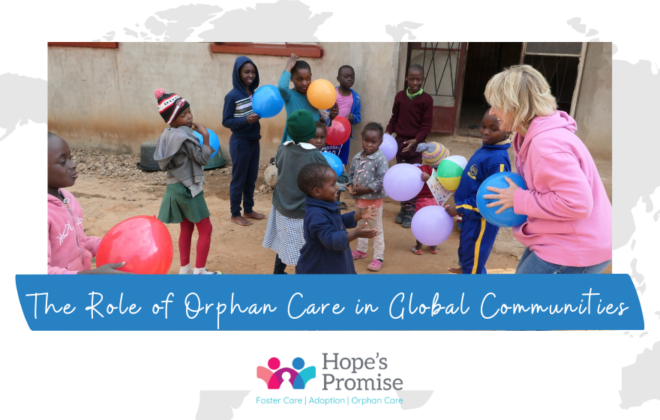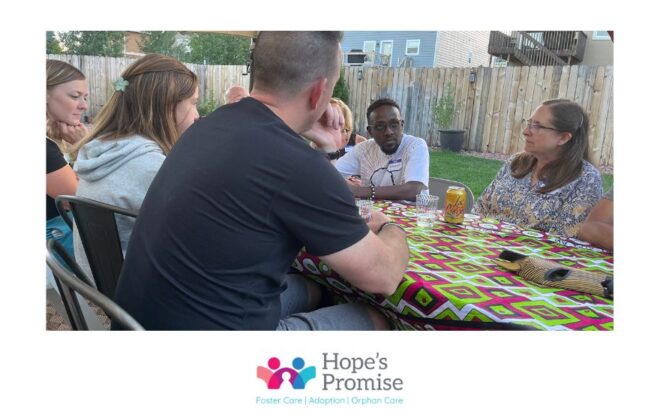Orphans in Nepal
Published by guest blogger, Colleen Briggs.
Nepal is world-renowned for towering majestic mountains, fertile terraced fields, and verdant valleys. Nepal is no less than the magical, enticing destination that Tourist Guidebooks claim.
But Nepal also subsists amongst the ten poorest countries in the world. Until a decade ago, she was the world’s only Hindu Kingdom; now secularized, karma, fatalism, dharma, and the resulting caste system still define the lives of more than 90% of her citizens.
Submerged in this belief system, what happens to an orphan?
What if a child’s mother dies while giving birth because medical care is several days’ walk from the family’s remote mountain settlement; then the child’s father re-marries; her step-mother beats her; and her grand-parents take her in but are too old and sick to adequately care for her in a village that lacks even safe drinking water? If the orphan’s obligation is to accept her status as due punishment for a past life, and if everyone around regards her through this lens, to what hope can she possibly cling unless death should grant her passage to a better future?
After a trip to Nepal with Hope’s Promise, I grappled with the Hindu worldview that regards the suffering of an orphan (or any suffering) as punishment for sins of a past life (karma). The goal of darma is to accept one’s lot and fulfill it to the best of one’s ability (the rich should not feel guilty, the poor should accept their situation and adapt as best as they can).
In this piece, an orphan cowers next to a bell-shaped shrine. People ring bells hanging at the entrance of Hindu temples to “remove negative energy and bring positive energy.” But I believe that only the God of the Universe who created the child to live one life on earth, in which the goal is to know Him, can bring hope and healing.
The woman on the left, portrayed in full color contrasted with the child’s subdued colors, belongs to a higher caste. She is partially visible – she is far removed from the child’s world. Although she may pass by on the streets, she belongs to an unimaginable reality for an orphan.
The woman to the right with the bag on her back represents the child’s mother – walking away because her husband died and she must shoulder the burden of constant labor, so there is no one left to care for the child.
Light floods in from the right side, representing Jesus, who I believe is our only hope. But the child will never know this light, especially in Nepal, unless someone intervenes and carries the light to the child.
Pray for the children of Nepal! Especially the orphans.
To learn more about the author, Colleen Briggs, click here.



